LA's Getty Offers the Ultimate Art Treasure Hunt
By Jim Farber
On Sept. 15 the sky above the Los Angeles War Memorial Coliseum (site of the 1932 Olympic Games) exploded in a rainbow of multicolored powder projectiles that burst and blended as they wafted on the wind. Below thousands of onlookers armed with cell phones at the ready looked on in wonder.
Created by artist Cai Guo-Qiang, this pyrotechnical event marked the official opening of the Getty Foundation's expansive festival: "PST-ART: Art and Science Collide." This massive undertaking combines works by more than 800 artists displayed by 70 exceedingly diverse institutions.
Unfortunately, the barrage of explosions was so loud and produced so much smoke that people in the surrounding neighborhood feared a terrorist attack, while inside the coliseum debris rained down and caused more than a few injuries. These unforeseen side effects marred what was otherwise a truly dazzling display.
Five years in the making and funded (as only the Getty could) with $20 million in grants, PST-ART brings together artists, museums and galleries large and small throughout Southern California. They stretch from Santa Monica to Palm Springs, from Santa Barbara to San Diego, from the Griffith Observatory to the Scripps Institute's Birch Aquarium in La Jolla. Think of it as the ultimate art treasure hunt. The good news is that it's on through February 2025.
The festival's unifying theme is the collision between arts and science, past and present -- from ancient cosmologies and depictions of the universe, to cyberpunk science fiction cinema, critical issues of the changing global environment and the unfolding, uncertain future that is coming with the advent of artificial intelligence.
The best place to start is at the Getty Center itself, perched on its hilltop in Brentwood. Spread throughout its campus of galleries the Getty has curated five thematically connected exhibitions. Plan to devote an entire day for your visit.
The international centerpiece exhibition is "Lumen: The Art and Science of Light," which explores the way light and the cosmos were studied and depicted by Christian, Jewish and Muslim philosophers of the Middle Ages (800-1600).
Gallery after gallery features glowing displays of the most intricate illuminated manuscripts and includes beautifully crafted astrolabes for measuring the heavens set against the backdrop of an immense tapestry from the Cathedral of Toledo that combines the scientifically observed cosmology of the solar system with the divine hierarchy of the universe.
Like a portal to the past, the exhibit leads the viewer into a world where scientific observation is focused through the lens of religion, where meticulously displayed objects are interpolated with works by contemporary artists to create a dialogue in time and space.
"Abstract Light: Experimental Photography" delves into the modernist, sculptural realm of the "Rayograph" as developed by artists such as Man Ray, Francis Bruguiere and Lazlo Moholy-Nagy. Rebelling against photography as a tool for literal depiction and perspective, these artists were drawn to abstraction and the non-linear logic of dreams. They sculpted with light, often laying everyday objects on photo-sensitized paper to create images that frequently juxtaposed positive and negative. Drawing from its extensive collection, the exhibit provides an exceptional exploration of this unique movement in the history of photography.
A companion exhibit, "Sculpting With Light: Contemporary Artists and Holography," explores the work produced by a group of contemporary photographers that incorporated the newly developed laser technology of the 1960s, the holograph, into their work. The process created strangely glowing three-dimensional images that seemed to float in the air. One of these is Ed Ruscha's juxtaposition of a clockwork and text simply declaring, "The End."
Connecting the timeline between the scientific experiments with light in the Middle Ages and today is Charles Ross' "Spectrum 14," which uses strategically arrayed prisms to cast ever-shifting rainbow patterns of light around the museum's grand Entrance Hall. Using the light and movement of the sun across the sky as its source inspiration, you could say "Spectrum 14" is an installation 4.6 billion years in the making.
Your visit to this Getty extravaganza is just the beginning. It's one museum down and 69 more to go!
----
WHEN YOU GO
Primary source guide for "PST-ART: Art & Science Collide": www.pst.art/en
The Getty Museum: www.getty.edu
========
Jim Farber is a freelance writer. To read features by other Creators Syndicate writers and cartoonists, visit the Creators Syndicate website at www.creators.com.
Copyright 2024 Creators Syndicate, Inc.

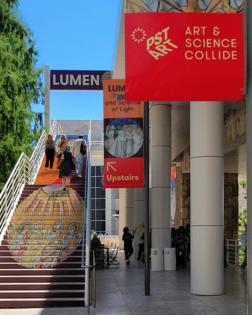
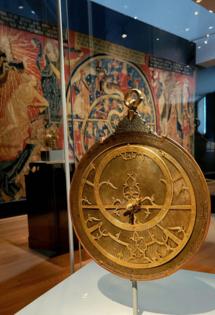
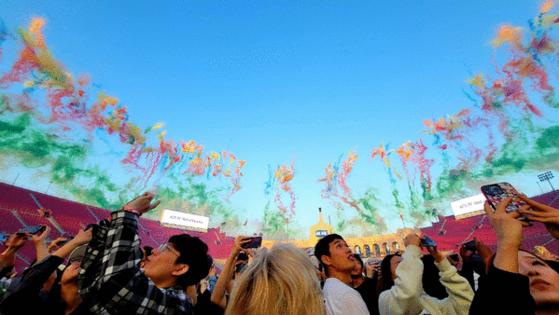





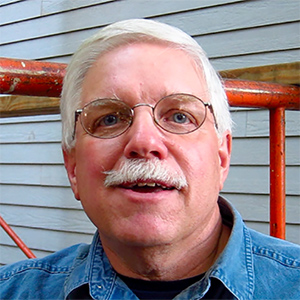
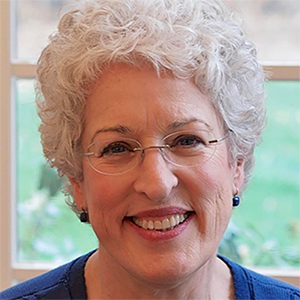

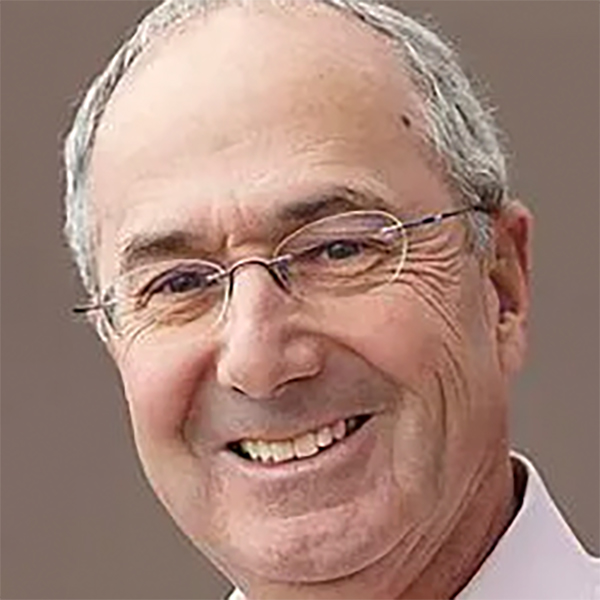
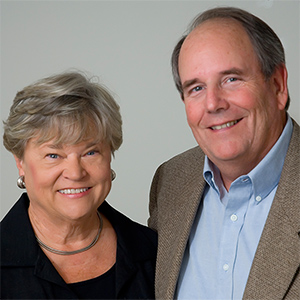


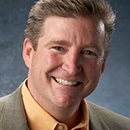
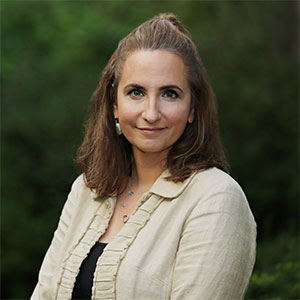
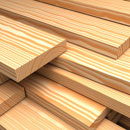


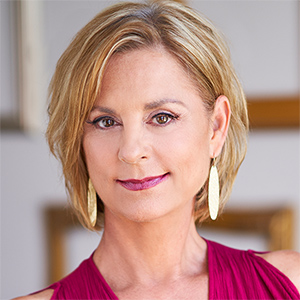

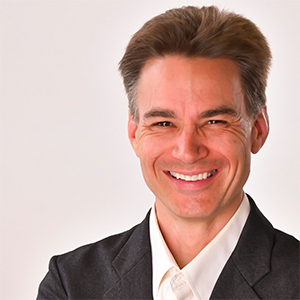
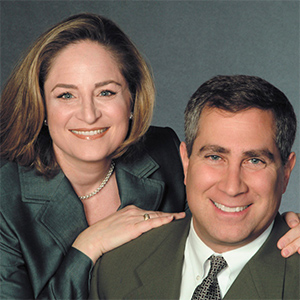



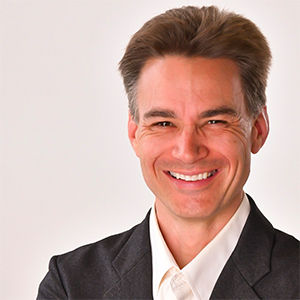






Comments